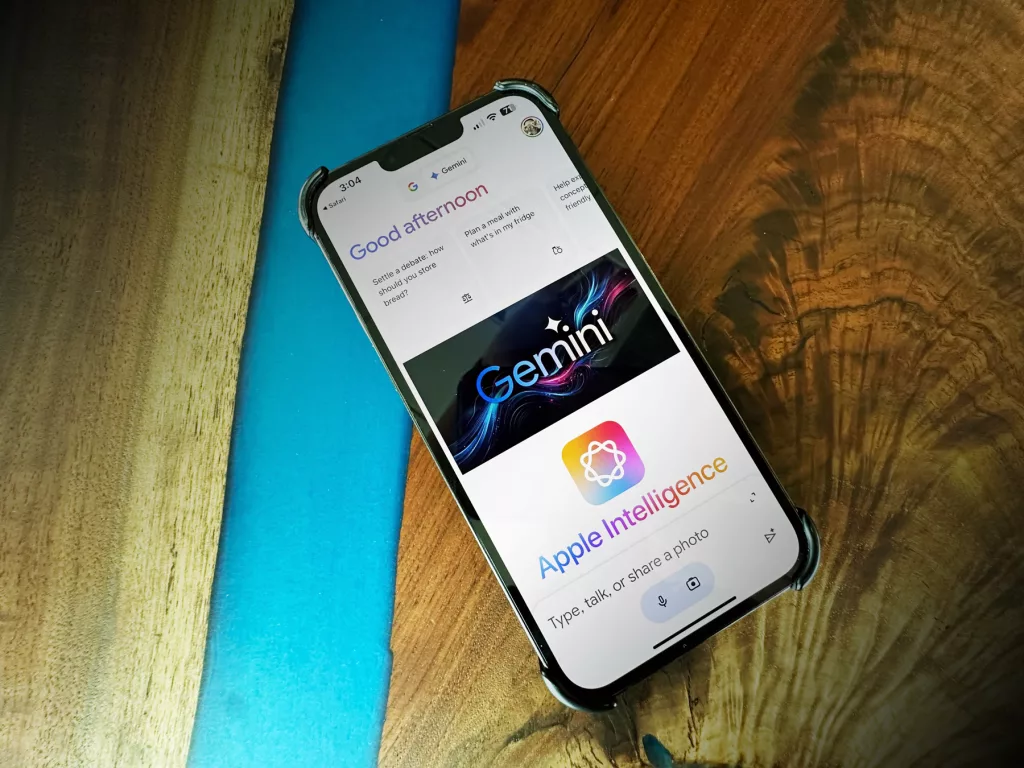There’s a reason your feed is flooded with trend pieces at the start of every new year: trends matter. This is especially true for marketers like you in the fast-moving B2B industry.
When you’re able to hop on a trend quickly, you’ll gain more traction because your competitors aren’t participating in that trend yet. Case in point, we had a client ask us to go ham with their social media presence way back in 2009. And guess what? In 2022, their competitors still haven’t caught up to the engagement numbers our client has thanks to being an early social media adopter.
So yes, this is another 2022 trends article. But we promise reviewing these five trends is worthwhile. You’ll be able to reach your customers where they are — before your competitors get there.
1. Write Content to Capture Voice Search Users
Voice search is getting more and more popular. 2022 could very well be its biggest year yet. This is great news for your B2B brand. Why? Because it’s easy for potential customers to use voice search on their phones.
Here’s the key to taking advantage of voice search this year. Work question and answer formatted text into your website’s copy when you can. For example, highlight that you have a popular dealership on Main Street on your company’s “Contact Us” page.
Keep in mind, voice search is used primarily to ask questions. That’s how users talk to Siri and other voice search-enabled devices. If your B2B brand can answer their questions, you’ll gain SEO traction and rank higher for those inquiries.
2. Expand Your Email Marketing List
If you have an iPhone with the latest iOS, you’ve already seen apps prompt you to opt-in to tracking. Unsurprisingly, almost everyone chooses not to be tracked. As a result, conversion metrics we used to be able to follow on platforms like Facebook have disappeared.
And that’s just the tip of the iceberg as far as tracking and other privacy changes are concerned. Google also plans to stop tracking third-party cookies in 2023, which will be here before you know it.
As a result of these privacy changes, marketers should look to first-party data — like email addresses — more and more in 2022. Email addresses that customers willingly give you are your best bet as far as reaching your target audience goes.
To obtain more email addresses and feed your email marketing campaigns, you might consider offering incentives to customers in exchange for their email addresses. This is something a lot of B2B brands are already doing.
Getting that sacred email address is worth the effort and incentive. Once you have someone’s email address, you can tailor your messages to their habits and lifestyle. In 2022, there’s no such thing as too much first-party data.
3. Own All of Your B2B Brand’s Online Channels
It’s 2022, so whether you like it or not, your B2B customer is all over the internet. It’s crucial that you own and manage your entire online presence.
Start by auditing your website. Are you updating it regularly, or, like many B2B brands, do you set it and forget it? Most would-be customers visit your website before visiting in person. The same goes for social media. Are you posting haphazardly once a month? Or are you leveraging your social media platforms to truly engage your target audience?
Remember, we said you have to own and manage your entire online presence, even the platforms you don’t know or wish you weren’t on — like Google.
Your B2B brand is on Google whether you’ve claimed the Google My Business page or not. You might as well claim it and monitor its content. Make sure you’re taking the time to respond to both positive and negative customer reviews.
Last thing: It’s no secret that we’re in an employees’ market. It’s in your best interest to look on websites like Glassdoor for employee ratings. You’re even less likely to attract top talent if the internet is full of negative Nicks slandering the work experience at your B2B company.
4. Tailor Your Social Media Content to Each Platform
There’s a tendency for us marketers to post the same content across all of our social media channels. And repurposing content in this way used to be a best practice. But in 2022, the social media landscape is too diverse. One size content does not fit all.
For instance, Instagram demands better images than Facebook. And Facebook is great for paid ads, while Gen-Z TikTok users will turn up their noses at your salesy “commercials.”
The moral of this trend story is to create specific content for each of your B2B company’s social media channels. This might mean picking and choosing which platforms you’re on, and that’s okay. Just be sure the channels you are on are getting the custom treatment.
5. Learn the Influencer Marketing Game
Speaking of social media, influencer marketing is here to stay. In fact, Facebook just introduced Professional Mode for Facebook profiles. Professional Mode enables individual users to make money for themselves and brands (ahem, influencer marketing) in a way only Facebook Pages could do before.
With Facebook in the influencer marketing game, it’s time for you to learn how to do influencer marketing right for your B2B brand. It’s more complicated than you think, but an effective influencer marketing campaign could mean big gains — and perhaps a viral post or two — for your B2B brand.
We Wish You Good Marketing Luck in 2022
Happy New Year, our fellow B2B marketers!
We wish you all the best this year. Hopefully, with these five trends in mind, your marketing strategy will be locked in as we kickoff the new year.




